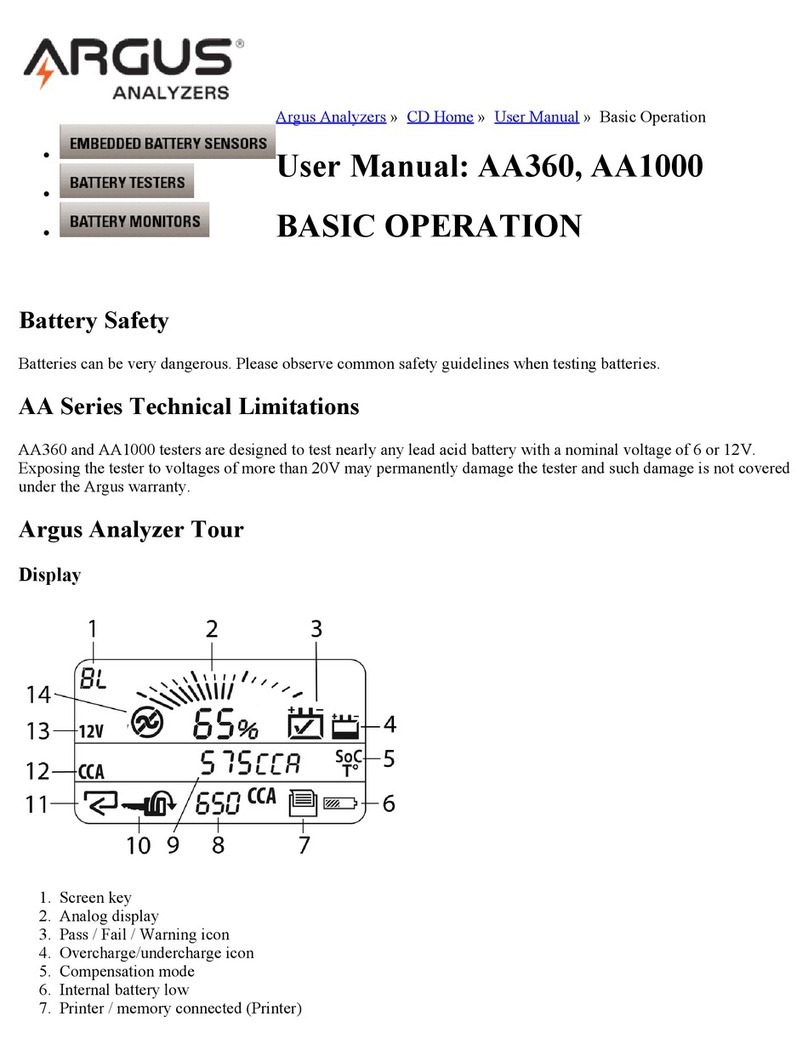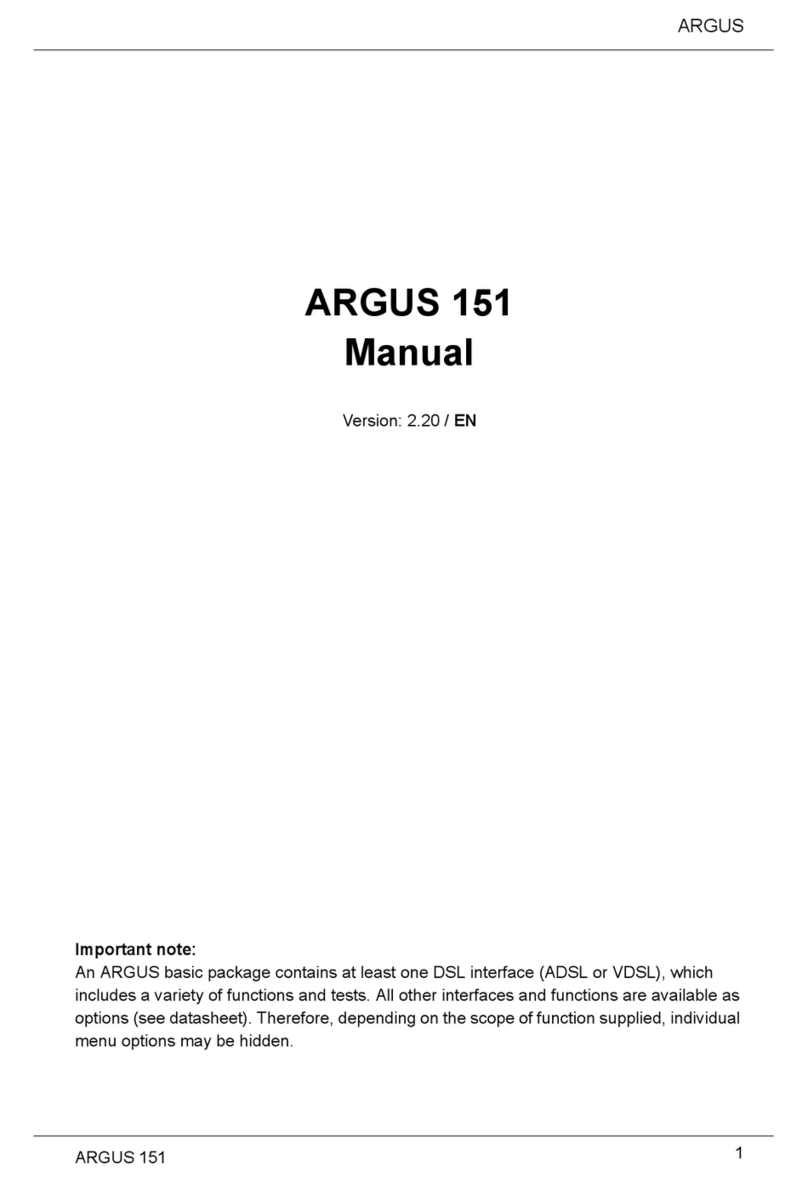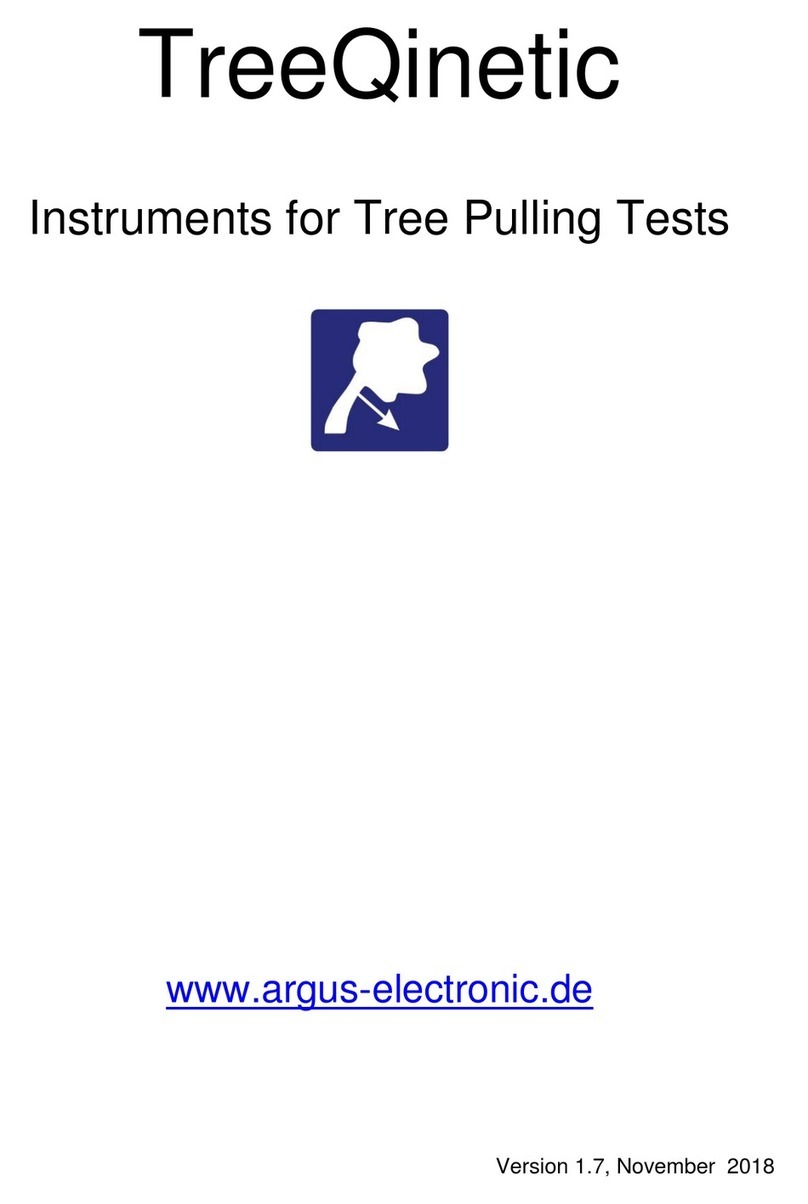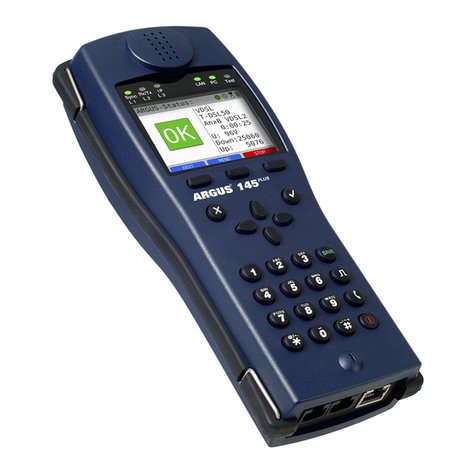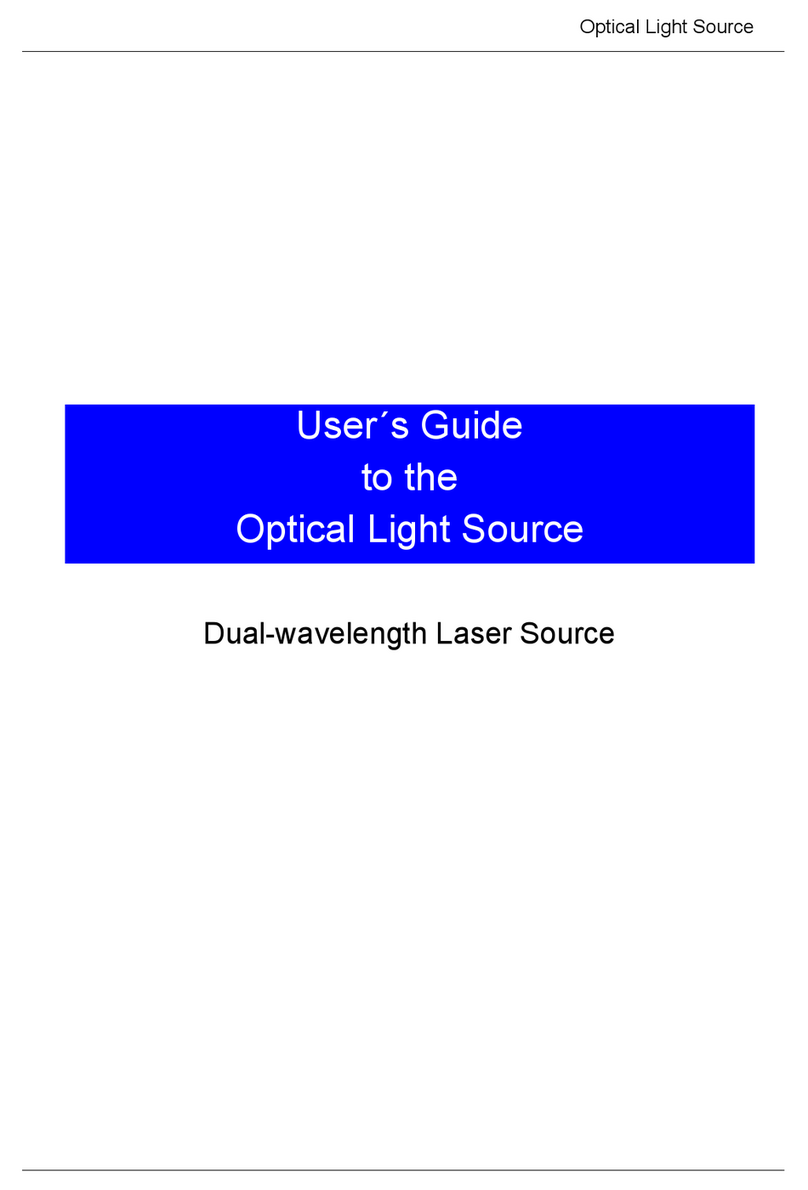
2 Safety information
ARGUS Copper Box 7
2 Safety information
General safety information:
The ARGUS Copper Box may only be operated using the accessories supplied with the
device. The use of other accessories can result in faulty measurements or even damage to
the ARGUS Copper Box and the connected equipment. Only use the ARGUS Copper Box
according to the instructions contained in this manual. Any other use can result in injuries to
persons and destruction of the ARGUS and/or the ARGUS Copper Box.
1. Before connecting the ARGUS Copper Box to an access, make sure that no
dangerous voltages or currents are present for which the ARGUS Copper Box or its
accessories are not specified. Also keep in mind that the voltage can change over the
time that the device is connected.
2. The ARGUS Copper Box is intended solely for use in telecommunications networks
with limited power. It is not intended to be used e.g. to measure mains voltages
(230 V/50 Hz).
Specifications:
DC voltage UDC (U=):
AC voltage UAC (U~):
Capacitance measurement C (C, Csym):
Isolation resistance measurement Iso (Iso):
Loop resistance R (R, Rsym):
DC current IDC (I=):
Longitudinal conversion loss, (LCL):
Near-end crosstalk (NEXT):
0.01 V to 200.0 V
0.01 V to 200.0 V (50 Hz sine)
0.01 nF to 8000.00 nF @ 8Hz
0.1 kΩ to 999.9 MΩ, (105 V, max. 2 mA)
0.1 kΩ to 40.0 MΩ, (8 V, max. 9 mA)
0.1 to 40.0 MΩ, (13 V, max. 15 mA)
0.1 mA to 499.9 mA
Attenuation for 1 MHz @120 Ω
Crosstalk attenuation for 1 MHz @120 Ω
3. Use the ARGUS Copper Box only according to its intended purpose at all interfaces
and accesses. It is intended for the measurement and acquisition of physical quantities
in low-power telecommunication networks. The ARGUS Copper Box is not designed
for any other applications (e.g. measuring electronic components, determining the out-
put quantities of voltage sources, etc.).
4. In each measurement, avoid any contact with electrically live components (sockets,
plugs, cables, adapters, etc.) under all circumstances.
5. Voltages over 50 V AC and 120 V DC can cause death.
6. The ARGUS Copper Box may only be used by trained personnel.
7. The ARGUS Copper Box is not water-tight. Therefore, protect the ARGUS Copper Box
against water penetration.
8. The USB connection lead of the ARGUS Copper Box may only be connected to
approved ARGUS testers (ARGUS 15x and ARGUS 16x). Each of these testers must
be enabled using an individual option key provided especially for this purpose. The
USB lead must not be extended.












